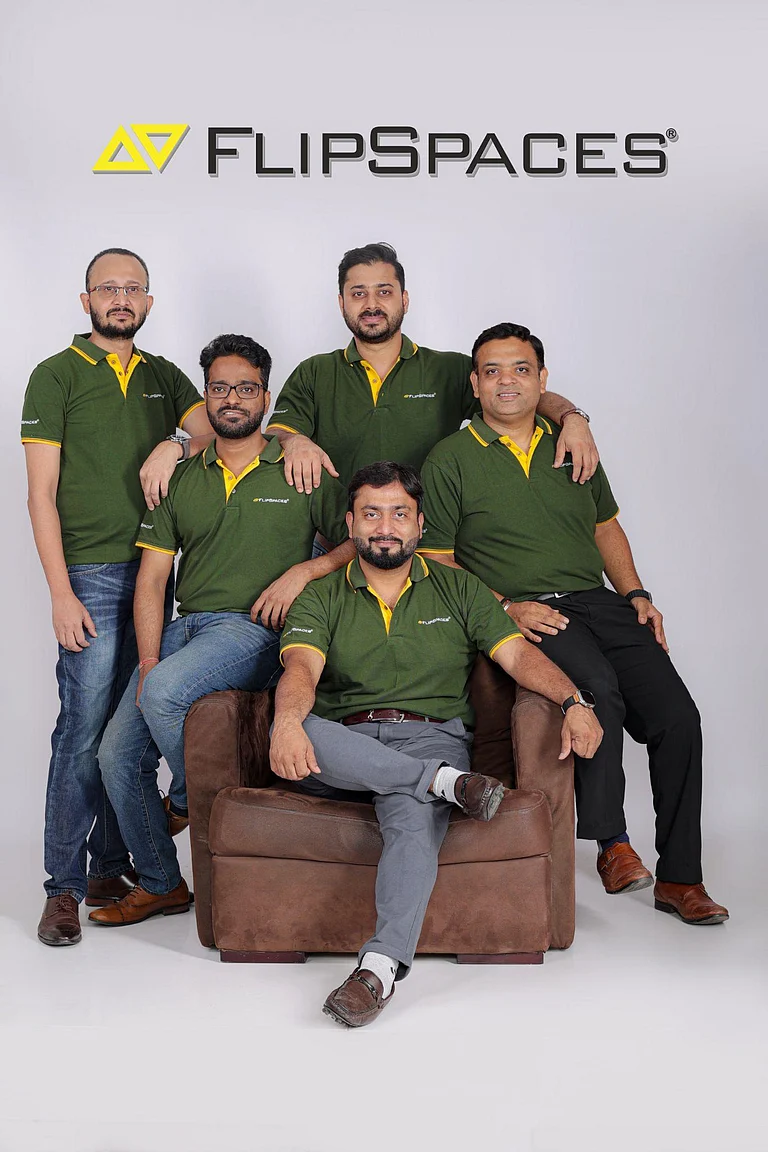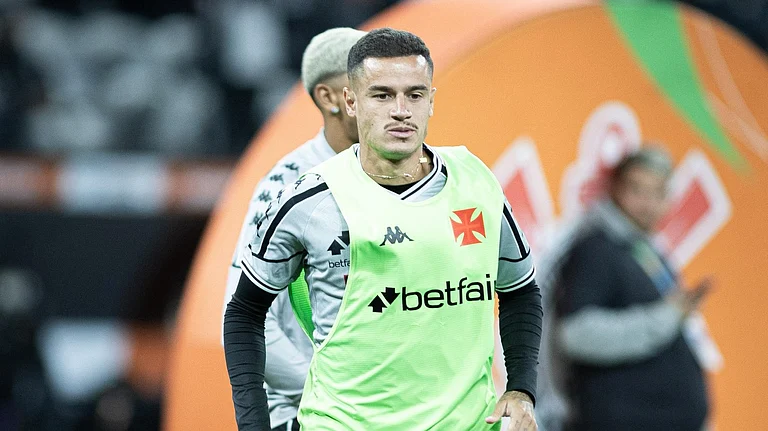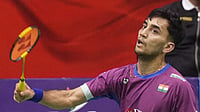Paralympics bronze medallist Hokato Hotozhe Sema on Tuesday said he learned to walk again like a new-born baby after losing his left leg in a landmine explosion in 2002. (More Sports News)
That landmine blast during an anti-terrorist operation in Jammu & Kashmir's Chowkibal claimed his left leg below the knee, inflicting immense physical pain and mental trauma.
"I was mentally disturbed and in deep depression (after my leg amputation). I never thought I would be like this. I asked myself how I would walk because I don't have one leg," Sema told PTI on the sidelines of a felicitation function in the capital.
"There were swellings (after surgery) and they were taking time to heal," said the 40-year-old Dimapur-born Army man.
Sema, whose leg was amputated, came up with his career-best throw of 14.65 metres to secure a shot put bronze medal for the country in the men's F57 category final at the Paralympic Games on September 6.
The athlete from Nagaland became the first Paralympics medallist from northeast India. He had also won a bronze medal at the Hangzhou Para Asian Games last year.
A visit to Pune's artificial limb centre changed his life post the tragic incident. He was presented an artificial limb by the Indian Army.
"I have not seen an artificial leg till then in my life. Indian Army provided me an artificial limb with a lot of hope. Because of that I am being able to stand in front of you.
"When I went to the artificial limb centre (in Pune), I saw people in more difficult situation than me. They wanted to do something despite the severe physical problem they had to deal with.
"I thought my condition is nothing as compared to theirs and I felt like I am normal. I got motivated from them," said Sema who trains at Army Paralympic Node, BEG Centre in Pune, though his unit is based in Ladakh.
He was again motivated to march ahead in life, but his journey to become a para athlete and then a Paralympic medallist was not easy.
"The artificial limb was fitted after several months as there were swellings on my leg. I faced a lot of problems after that also, there was imbalance and I could not walk properly. It was very uneasy for some time after the artificial limb was fitted. It was very heavy.
"But after seeing those at Pune centre, I got motivated and started walking slowly. It was like how a new-born child was taught how to walk by holding him. Until I was not able to walk properly, I did not go home."
He said since 2016 he has been relieved of any Army duty, and has been given the freedom to train and represent Indian Army and the country, and bring laurels.
Sema was encouraged by a senior army official at the Pune-based Artificial Limb Centre to take up shot put after the former saw his fitness. He took up the sport in 2016 at the age of 32, and was competing in the National Para Athletics Championships in Jaipur the same year.
His rise in para-athletics has been nothing short of inspiring.
He quickly distinguished himself with his sheer willpower in the F57 category, which includes athletes with limb deficiencies and impaired muscle power.
He narrowly missed a medal at the 2024 World Championships, finishing fourth. But Sema's determination never wavered.
His childhood ambition was to join the Special or Elite Commando Force before the landmine blast dashed his hopes.
"After my leg amputation, I was very sad and I thought how would I make the country proud. I thought a lot and then decided to compete in Paralympics and win medal. So, I got a platform to make the country as well as Indian Army proud."
F57 category is for field athletes with movement affected to a low degree in one leg, moderately in both feet or the absence of limbs. These athletes have to compensate for significant asymmetry in power from the legs but have full upper body power.



























